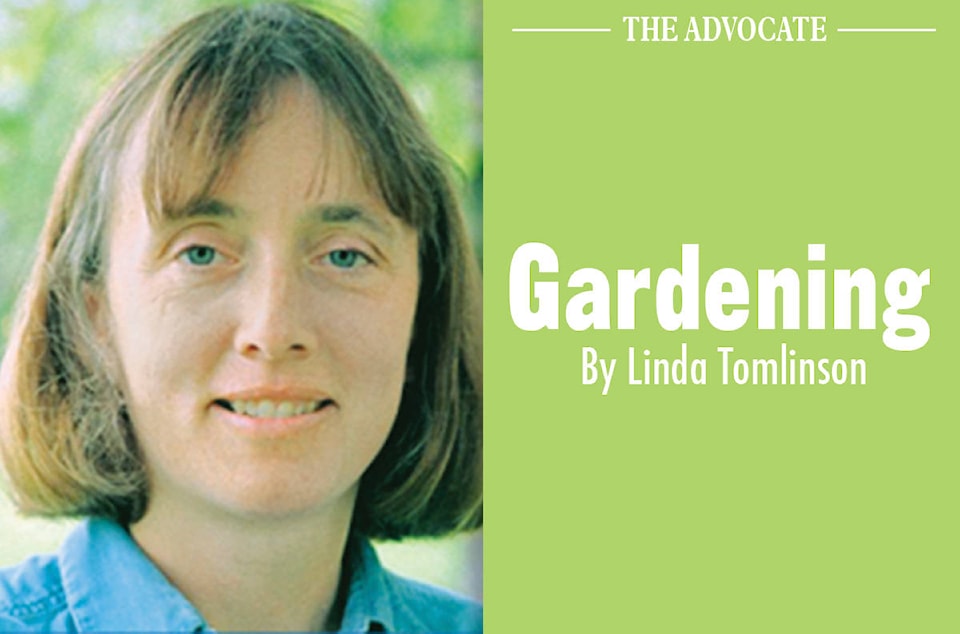Collecting and saving seed is simple but takes a bit of planning. Know the parent plant’s origins. To do this look the variety up on line or in a seed catalogue.
If the original seed was classified as F2, do not save it. The gene pool in these plants are very small as they have been bred back into the same plants twice. Chances are seed produced from F2 plants will not produce desirable plants.
Seeds that are sold in packages are classified as hybridized or open-pollinated.
Hybridized seed packages may or may not mention that the seeds are hybridized, a combination of different parent plants. The plant grown from hybridized seeds may or may not come true from seed. It is likely that the new plants, from saved seeds, will be a product of recessive genes. Which doesn’t mean that the plant will not be productive.
Heritage plants will come true from seed unless there are other plants in the close vicinity and the plant is pollinated by another variety. Unless the seeds are eaten, it is impossible to tell if the plant cross pollinated until next year’s plan develops.
Open-pollinated plants are pollinated by insects, wind or rain. Seed developed from complete flowers, contain both pistil and stamen usually produce plants that is similar to the parent plants as they usually self-pollinate. It is also important not to have other varieties of the plant in close proximity as they can and will cross pollinate.
Incomplete flowers such as melons, corn and squash rely on insects or wind to take pollen from one flower to the next.
This is not a problem unless you eat the seeds, as you do in corn. Having a mixture of popping corn and eating corn on one cob can be a problem. With squash which include zucchini and pumpkins the fruit will come true the year they are pollinated but next year’s plants may not resemble the parent plant.
Seeds are prepared for storage in one of two ways depending if the seed is wet or dry.
Wet seeds are ones that are found inside fruit such as tomatoes cucumbers or squash. Choose the best fruit and allow them to become overripe which allows the seeds to mature.
Then scoop out the seeds along with the surrounding wet material. Place the wet material and seeds into a container with some water. Stir the solution and continue to do so once a day until the pulp ferments on top and the viable seeds sink to the bottom. Remove the seed from the water and set the seeds out to dry or a screen or if the seeds are small on paper.
Dry seed, like wet, should be taken from the strongest plant. Allow dry seed to stay on the plant as long as possible picking it just before the seeds are to be dispersed. Late in the season pick the seed pods and hang them in a warm dry room where the pods will mature and open. Paper bags can be placed over the seed heads to catch any pod that opens. Once seed is separated from the pod, spread on a screen in a warm area to allow the seed to dry quickly.
Once the seed is dried it can be placed in sealed glass jars and stored in a cool area. Be sure to label all seed with the name and date.
For small seeds or a small amount of seed place them in labeled paper packages, before placing them in a storage container. Putting a small package of silica gel in the container will help absorb any excess moisture but it is still good to check the seeds for signs of spoilage after a few weeks.
Harvested seed will last a year if kept at room temperature. Longer if it is placed in a cooler area or in the freezer. Note that onion and parsnip seeds are only considered viable for one year.
Linda Tomlinson is a horticulturalist that lives near Rocky Mountain House. She can be reached at your_garden@hotmail.com
